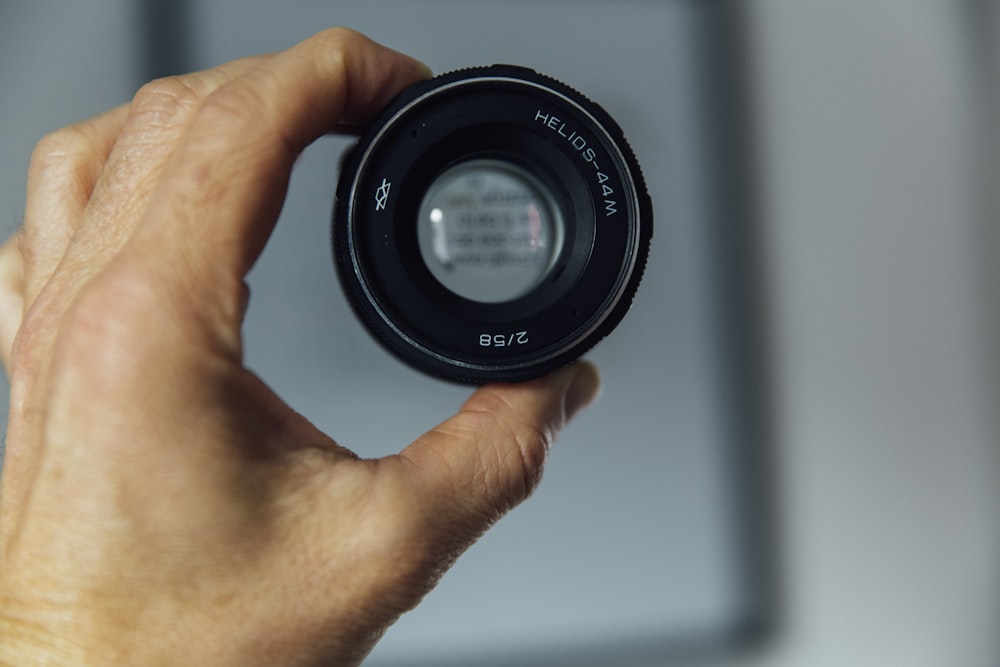Personal Statement Guide
A personal statement is a piece of writing, about the author themselves, that is used when applying to colleges, programs, scholarships, and much more. The requirements for a personal statement may vary widely, but the basic premise always remains the same: speak to your experiences and qualifications.
Writing a personal statement can seem like an overwhelming task. This guide breaks down the personal statement writing process into four clear steps to set you up for success.
Step One: Clarification
Identify what you’re writing the personal statement for. A scholarship? Graduate School?
Spend time on the website/page of the organization or school you are sending the personal statement to. Get to know what they stand for and think about what you bring to the table. How can you stand out?
Exercise: Make a list of your qualities and some of the qualities you’ve identified the organization is looking for. Draw lines to match the qualities that fit best together. This exercise can help you to start formulating ideas for an outline and where you want to take your essay.
Step Two: Understanding
Read over the prompt more than once. You may pick up on things or new ideas may come to you with a second read.
The prompts do tend to be quite vague, so it could be helpful to make your own direct question that relates to it. An example of a question you may formulate is: What will you bring to this program, and what will this program bring to you?
Speak about your personal experiences that have brought you to this place and interest in the program. Note: A statement will look very different for an individual applying to a Medical School and an individual applying to a Theater program. Below are links to strong examples of personal statements from people going into varying fields.
MFA in Fiction Example: https://steventhowell.wordpress.com/2013/04/08/a-successful-mfa-personal-statement/
Civil Engineering Example: https://www.studential.com/personal-statement-examples/civil-amp-architectural-engineering
In addition to the actual writing style being different for different majors, the requirements of the statement oftentimes vary as well.
MFA in Creative Writing Requirements (Rutgers University):
“Your personal statement (usually 1-2 pages, double- or 1.5-spaced) should include information about your writing background and goals.”
Masters in Social Work Requirements (Rutgers University):
“The personal statement is a critical part of your admission application because it gives us the opportunity to review your writing skills and provides us with information about you, your experiences and your goals. We do not offer individual interviews and often the personal statement will determine your success in the application process. You may submit the personal statement online when you complete your application or submit separately to the Office of Graduate and Professional Admissions.
Please address each of the questions below in a typed narrative. You may add any additional information that may be helpful to the admissions committee. The personal statement must be typed and 750-1,000 words in total. Students applying for readmission should review the reapplication process guidelines. Students applying to the MSW/MA in criminal justice should review the personal statement requirements here.
- What are your reasons for applying to Rutgers University School of Social Work? Discuss how your personal, professional, and/or community experiences and values affected your decision.
- Select and describe a social problem of concern to you and describe how you believe professional social workers can help alleviate this issue.
- What skills and strengths would you gain from Rutgers University School of Social Work that would help you to address the problem you described in question 2?
- After carefully reviewing the program requirements–including field education hours and course load expectations–please describe how you will manage to fulfill the program requirements, while balancing field education weekday hours and academic work with other life commitments.”
As you can see, these personal statement requirements are dissimilar. Depending on the program and the school, personal statement requirements can be extremely detailed with lots of information (like the Social Work example) or very vague (like the Creative Writing example). If you’re dealing with a more ambiguous prompt, formulating your own question to help guide your writing is key.
Step Three: Writing
Now that you’ve done a good amount of preparatory work, it’s time to begin your actual writing. Personal statements are not typically more than one page of text- meaning everything you say needs to have value and add to your purpose (getting into the program, getting the scholarship etc..)
Since this is so short, it’s important that every sentence is grammatically correct. Changing up the length of the sentences can make your statement more dynamic and increase complexity.
Be sure to maintain a professional tone, but don’t be afraid to let your personality show through! The word “I” is allowed.
Fourth: Reflection
You want to give yourself some space from the essay before you read it in a reflection. Therefore, having enough time to write it and take some time before revisiting it is important. If you’re writing your personal statement over the course of a week, take 1-2 days writing it, 1-2 days away from it, and the remainder of the week to edit and revise.
There are a few things you want to ask yourself (regarding your essay) after you’ve finished it and feel ready to submit it.
Did I speak on all my relevant and appropriate accomplishments?
Did I allow my personality to show in this essay? In other words, will readers really get a sense of who I am?
Was I sure to touch on the competencies I possess that apply best to this topic?
In a personal statement, there is a big balancing act. You want to make sure when you’re reading through the finished version that you talked about yourself for the appropriate amount of time and in the right spaces. What you discuss should reflect the topics requested by the prompt.




